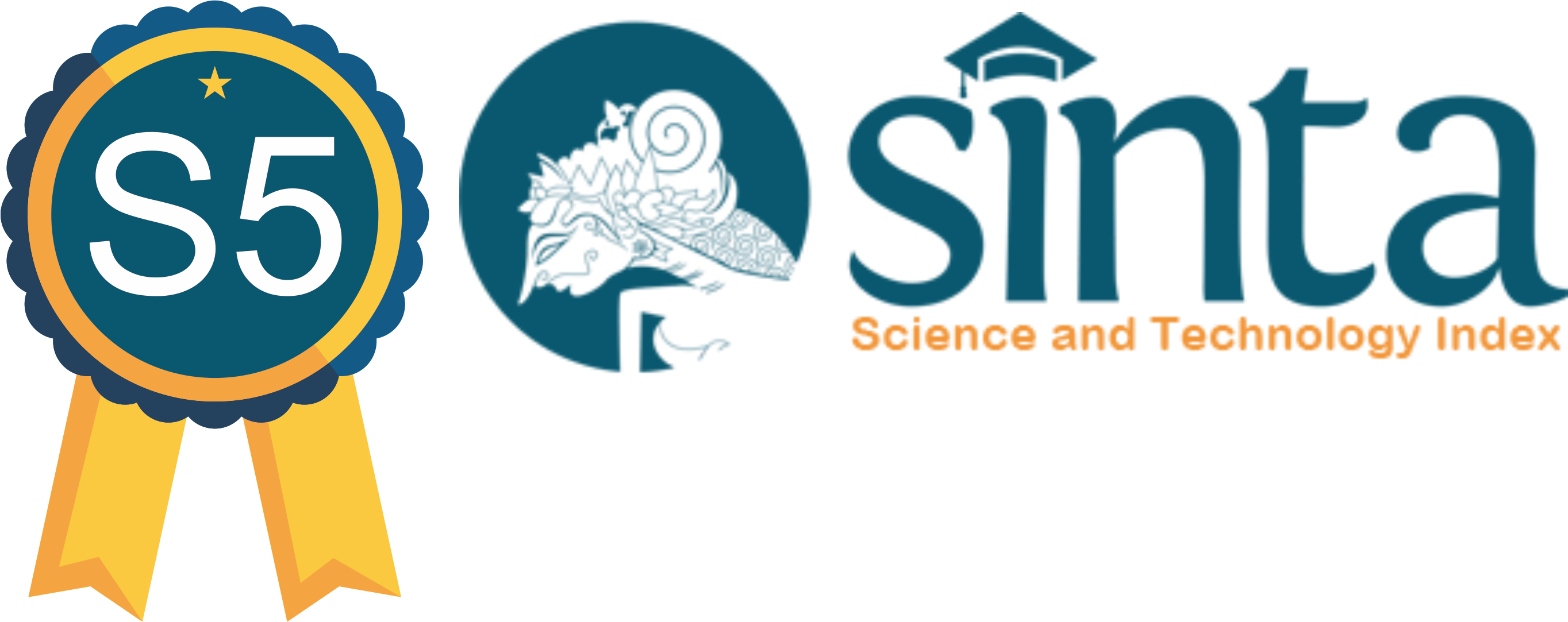Meaning of the Mission to Serve Children with Special Needs by Nuns: A Narrative Review
Abstract
This narrative review aims to discuss theories related to how nuns perceive meaning of their mission to serve children with special needs. Nun is a woman who offers herself and her life to God through the utterance of a promise/vows to carry out her mission through the ministry received from a tarekat / congregation in accordance with spirituality and the statutes of religious life. One of the nuns' missions is to serve children with special needs who have abnormalities or deviations from normal conditions in their growth and development, both psychologically, physically, socially, and emotionally, which hinder activities and interactions. Nuns serve children with special needs by seeking, nurturing, caring for, educating and living together, caring for, and meeting all the needs of children with special needs who are served as in the life of a family. Nuns interpret the duty of service to children with special needs in two complete dimensions, namely the vertical and horizontal dimensions. In addition, nuns interpret this service as a life calling from God so that it becomes a motivation for them to carry out their service duties and bring happiness.
Downloads
References
Bouman, TJ (2004). Spirituality at Work: An Exploratory Sociological Investigation of the Ford Motor Company. Thesis. London School of Economics and Political Science.
Derung, TN (2018). ALMA Puteri and the Local Church. Reinha's Journal. 8 (6), 79-92.
Derung, TN (2018). Change in Behavior of Putri ALMA Candidates in Call of Celibacy. Catechetical and Pastoral Journal (SAPA). 3 (2), 35-56.
Desiningrum, DR (2016). Psychology of Children with Special Needs. Yogyakarta: Psychology.
The ILO Code of Practice on the Treatment of Persons with Disabilities in the Workplace. (2006). Jakarta: ILO Publication.www.ilo.org/jakarta. Retrieved January 21, 2020.
Indonesia Dictionary. (2020).https://kbbi.web.id/.html. Accessed on 21 January 2020.
Kebingin, BY (2018). Tent-Making Missionary: An Implication for Addressing the Signs of the Times. Reinha's Journal. 8 (6), 29-48.
Code of Canon Law. (2016). The Order of Consecrated Life. Jakarta: Indonesian Bishops' Conference.
Mardani, AT, & Yulisa, M. (2012). Forbidden to Become a Sister. Yogyakara: Charissa Publisher.
Nabawi, H. (2005). Social Research Methods. Yogyakarta: Gajah Mada Pres.
Rosso, BD, Dekas, KH, & Wrzesniewski, A. (2010). On The Meaning of Work: A Theoretical Integration and Review. Research in Organization Behavior. 30, 91-127.
Santrock, JW (2009). Educational Psychology Edition 3 Book 1. Jakarta: Salemba Humanika.
Sunanto, J. (2013). Basic Concept of Individuals with Multiple Barriers. Journal of Assessment and Intervention of Children with Special Needs (JASSI_Anakku). 12 (1), 73-85.
Suparno, P. (2007). When the robe makes it hot 2. Yogyakarta: Kanisius.
Suparno, P. (2016). Religious Life In Modern Times. Yogyakarta: Kanisius.
Woga, E. (2012). Fundamentals of Missiology. Yogyakarta: Kanisius.
World Health Organization. (2020). Accessed on 21 January 2020 fromwww.who.int/disabilities/world_report/2011/chapter1.pdf.
Wrzesniewski, A. (2003). Finding Positive Meaning in Work. In: Cameron, KS, Dutton, JE and Quinn, RE, Eds., Positive Organizational Scholarship: Foundations of a New Discipline, Berrett-Koehler Publishers, San Francisco, 296-308.
Copyright (c) 2021 Yulia E. M. Beribe, Juliana Marlin Y. Benu, Indra Yohanes Kiling

This work is licensed under a Creative Commons Attribution-ShareAlike 4.0 International License.
Journal of Health and Behavioral Science (JHBS) is licensed under a Creative Commons Attribution-ShareAlike 4.0 International License. You are free to copy, transform, or redistribute articles for any lawful purpose in any medium, provided you give appropriate credit to the original author(s) and JHBS, link to the license, indicate if changes were made, and redistribute any derivative work under the same license. Copyright on articles is held by the authors. By submitting to JHBS, authors grant any third party the right to use their article to the extent provided by the Creative Commons Attribution-ShareAlike 4.0 International License.

 Yulia E. M. Beribe(1)
Yulia E. M. Beribe(1)








